Hey, hey, headshot photographers! If you’ve ever been hired to shoot headshots in a cramped office, a tiny conference room, or someone’s living room, you know the struggle. There’s barely space to move, the ceilings are low, and the ambient light is a mess.
Jeff Carpenter from Ready Light Media has been there, too. In a new video, he shows how to work within those limitations by setting up a full headshot shoot in his own kitchen – a 10x10 space with an 8-foot ceiling, ambient light, and furniture to work around. Using minimal gear, smart lighting choices, and good composition, Jeff demonstrates how to make pro-level images in any space.
Gear Breakdown
Jeff keeps the gear minimal and practical when shooting headshots in small spaces:
Main light: Profoto A2 with a 2.7' Octa modifier
Background/rim light: Profoto B10X inside a 3x4' rectangular softbox
Trigger/on-camera flash: Profoto A10 (used to trigger and bounce light off the ceiling)
Light control: V-Flat World V-Flat
Camera settings: ISO 800 for demo purposes, typically ISO 100 for full control
Lens choice: 85–105mm preferred over wide angles to avoid distortion
Setup 1: Clean White Background
Jeff starts by turning the softbox into a white background. Emily, his model, stands directly in front of it, and he dials the power low to get a clean white without blowing out the image. A common mistake is cranking the power too high, which causes spill and kills detail, especially in the hair. He emphasizes using the lowest possible power that still renders white, to minimize bounce from nearby walls and ceilings.
To handle ambient window light, he brings in a V-Flat on one side to block spill and reduce color cast from non-neutral walls. This makes the flash the dominant source, keeping consistent color and exposure.
His key light – the Profoto A2 in the Octa – is placed slightly off-center and as high as the ceiling allows. Short ceilings are a limitation, but Jeff uses them to his advantage with the A10 on-camera flash. He bounces it off the ceiling (only works with white or neutral tones) to create a soft ambient fill. It adds subtle light in the shadows and rounds out the look without needing extra modifiers.
Setup 2: Black Background with Edge Light
Next, Jeff adds a clever modifier – a black edge mask over the softbox. This blocks most of the light and leaves rim-like strips that wrap around Emily’s shoulders and hair, giving the effect of a controlled edge light. To compensate for the reduced output, Jeff boosts the strobe’s power.
The look completely transforms. The white background is gone, replaced by black with a subtle, professional rim light. It’s all done with the same softbox, just modified with a cover. Now, he’s got two final looks – high-key white and dramatic black – from the same gear and position.




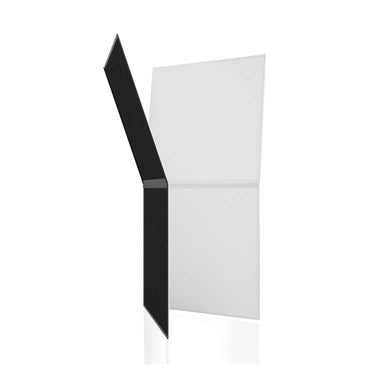
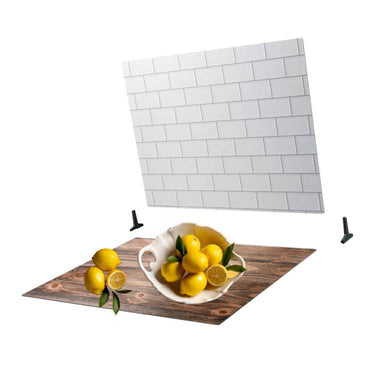
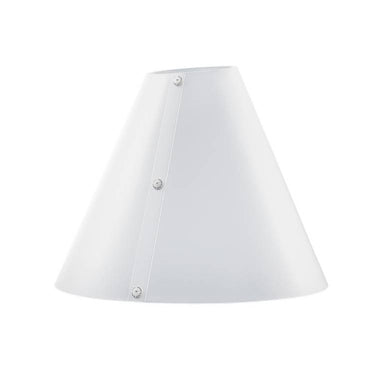
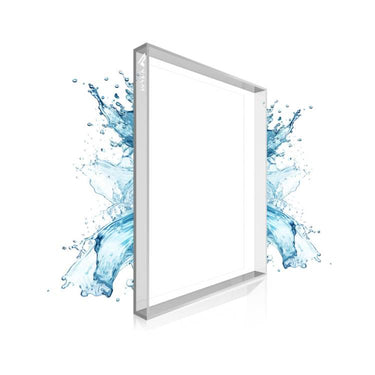
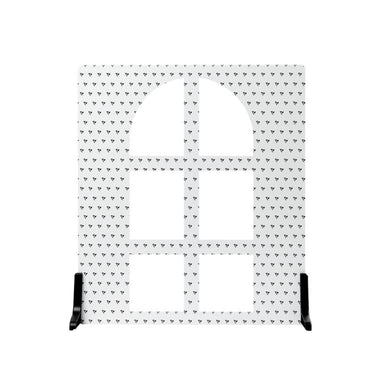
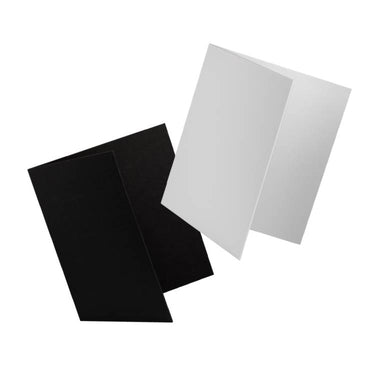






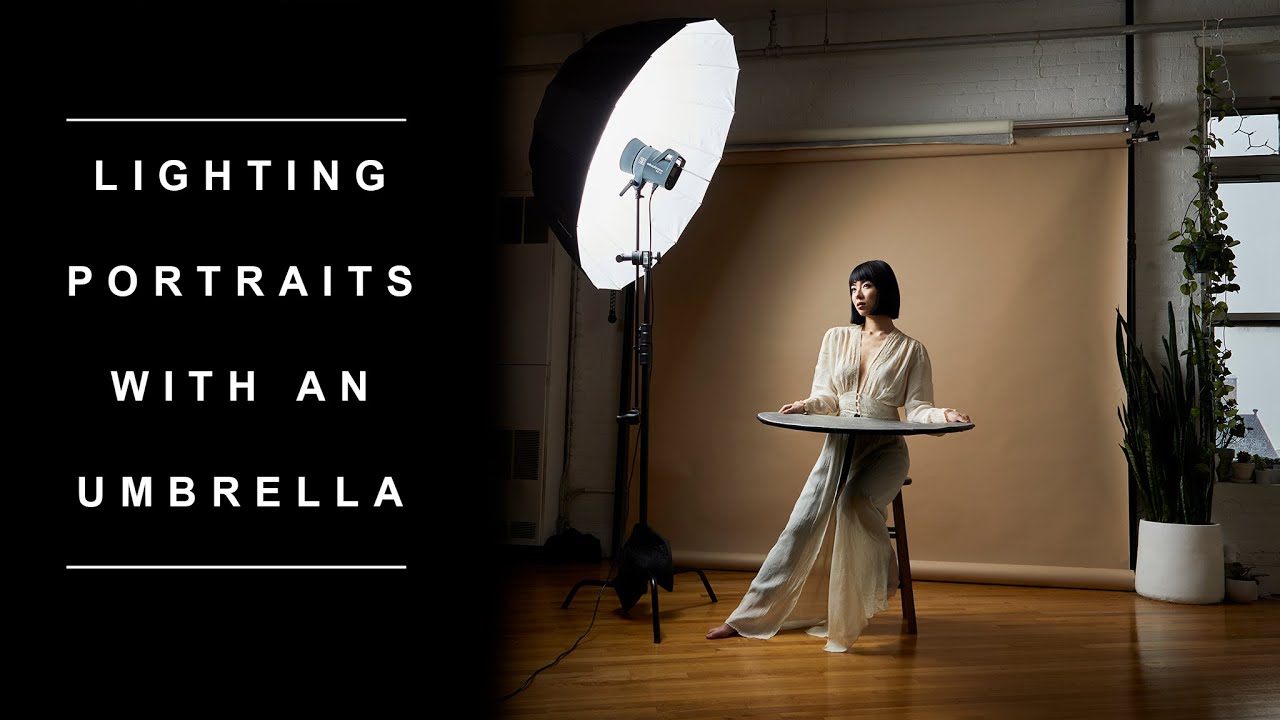
Leave a comment
This site is protected by hCaptcha and the hCaptcha Privacy Policy and Terms of Service apply.